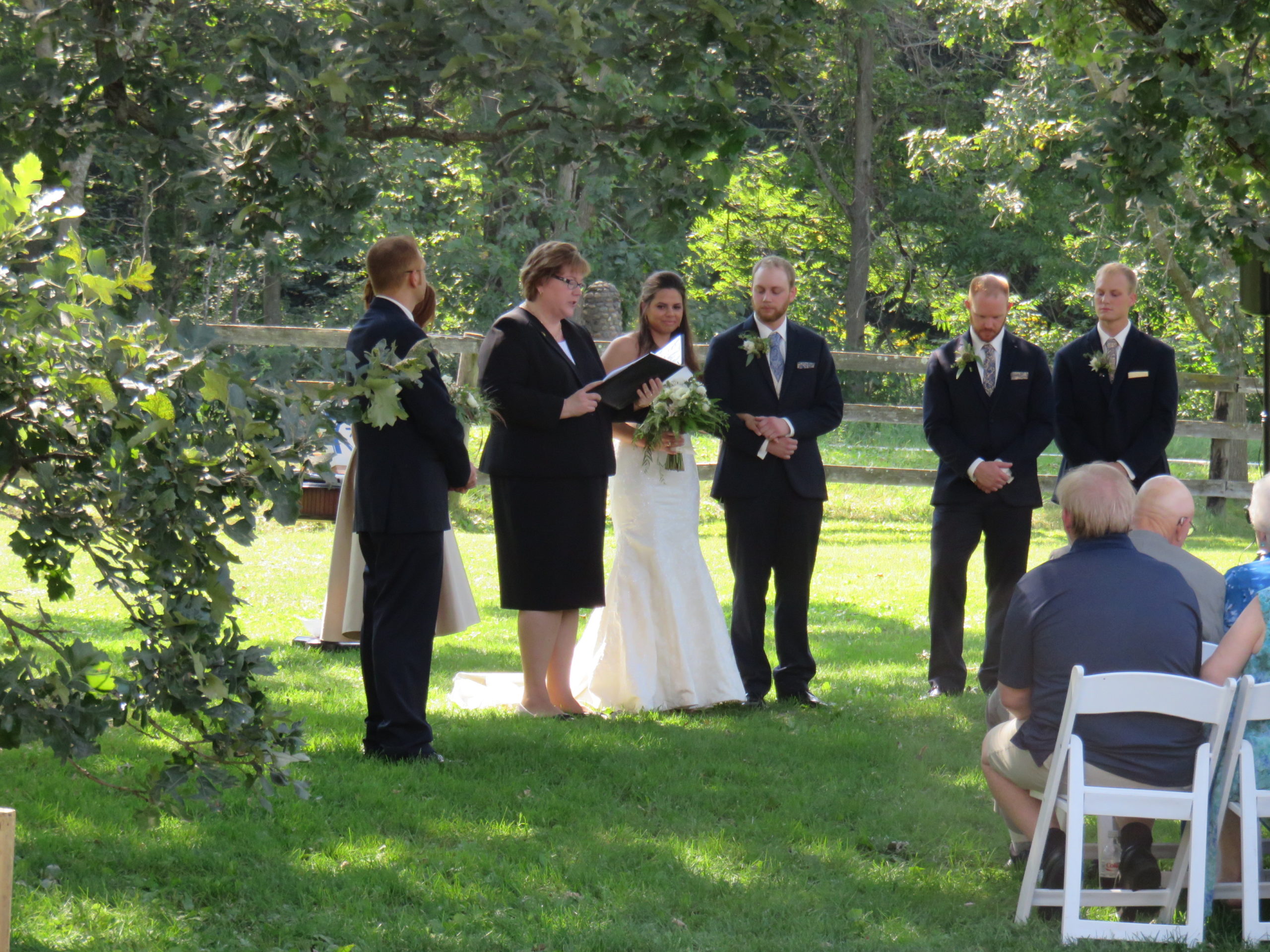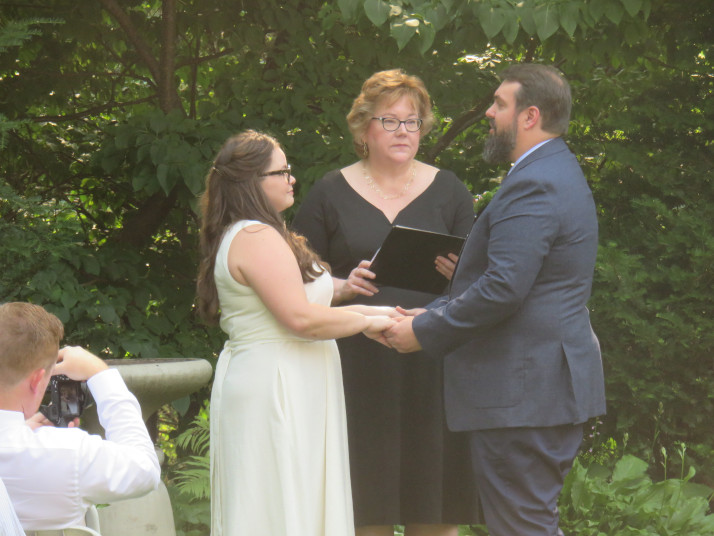Small Medium or Large?
Does a small, medium or large wedding party best fit your wedding day vision? There is no right or wrong answer. But there are many considerations in choosing the size of your wedding party. The topic deserves careful review and discussion early in your planning process.

A large wedding party, five or more sets of attendants can be a party within the party of your wedding day. You’ll be surrounded by a larger group of people who are important to you. Ideally, more hands make for lighter work. They can all share the many tasks involved in planning for your wedding day. Even on the day itself there are many details that need tending to, and these folks can take some of the load off you and your families.
However, larger wedding parties also have some down sides. They are harder to keep focused. You’ll spend more time tracking down the missing attendant for pictures, for the grand march, and more. Large wedding parties are also more expensive. The cost of gifts for 10 or more will add up. If you’re considering covering the cost of make-up and hair styling for your party, the cost can be significant. If you’re looking to provide transportation for the wedding party you’ll need more cars or a larger van or bus.
For some couples, a small wedding party, zero to 2 sets of attendants, is the right answer. This option reverses the pros and cons noted above. It also provides a more intimate and streamlined experience. Small wedding parties allow the focus to stay on you as a couple. They are often perfect for shy or introverted couples, and for second or subsequent weddings. If you’re opting for an intimate wedding experience with a smaller guest list, a small wedding party is a great way to begin.
A medium sized wedding party is defined as three to five attendants for each of you. It is the most common size for wedding parties, and can be ideal if you are looking to minimize the cost and complexities while maximizing the support and fun considerations.
When choosing the size of your wedding party – small, medium or large, remember that it is no longer necessary to have the same number of attendants for each of you. You can each also select your attendants regardless of gender. Creative planning for your wedding party allows anything to work. Surround yourselves with the people most important to you, but consider how your wedding party – be it small, medium or large – fits into the vision you have for your wedding day.

